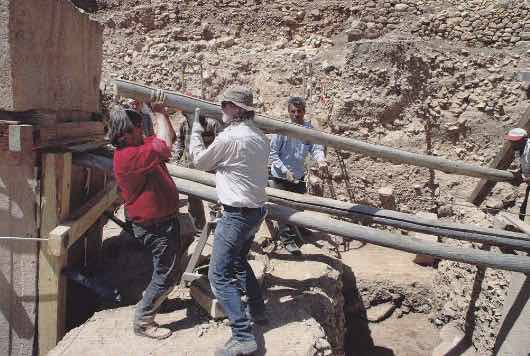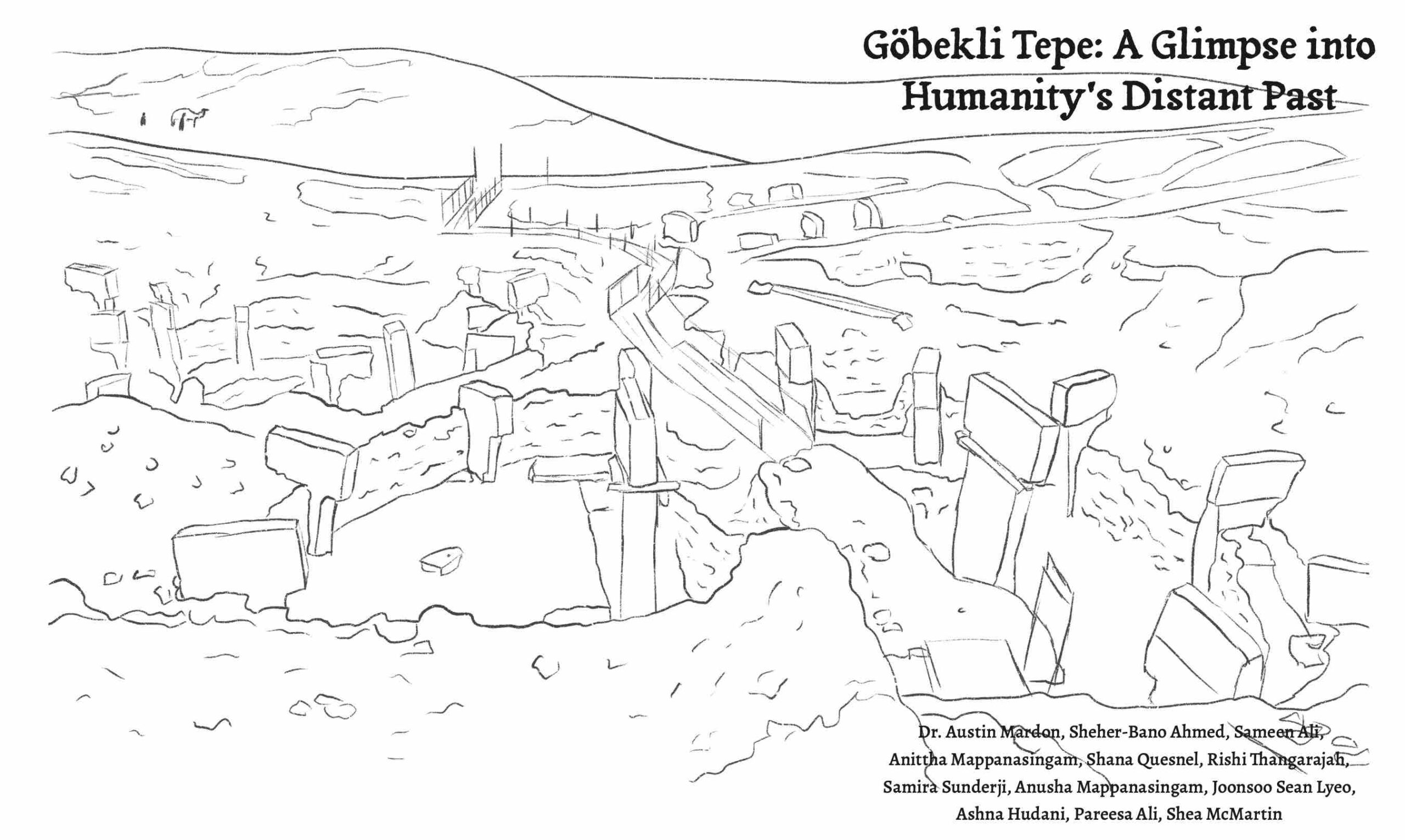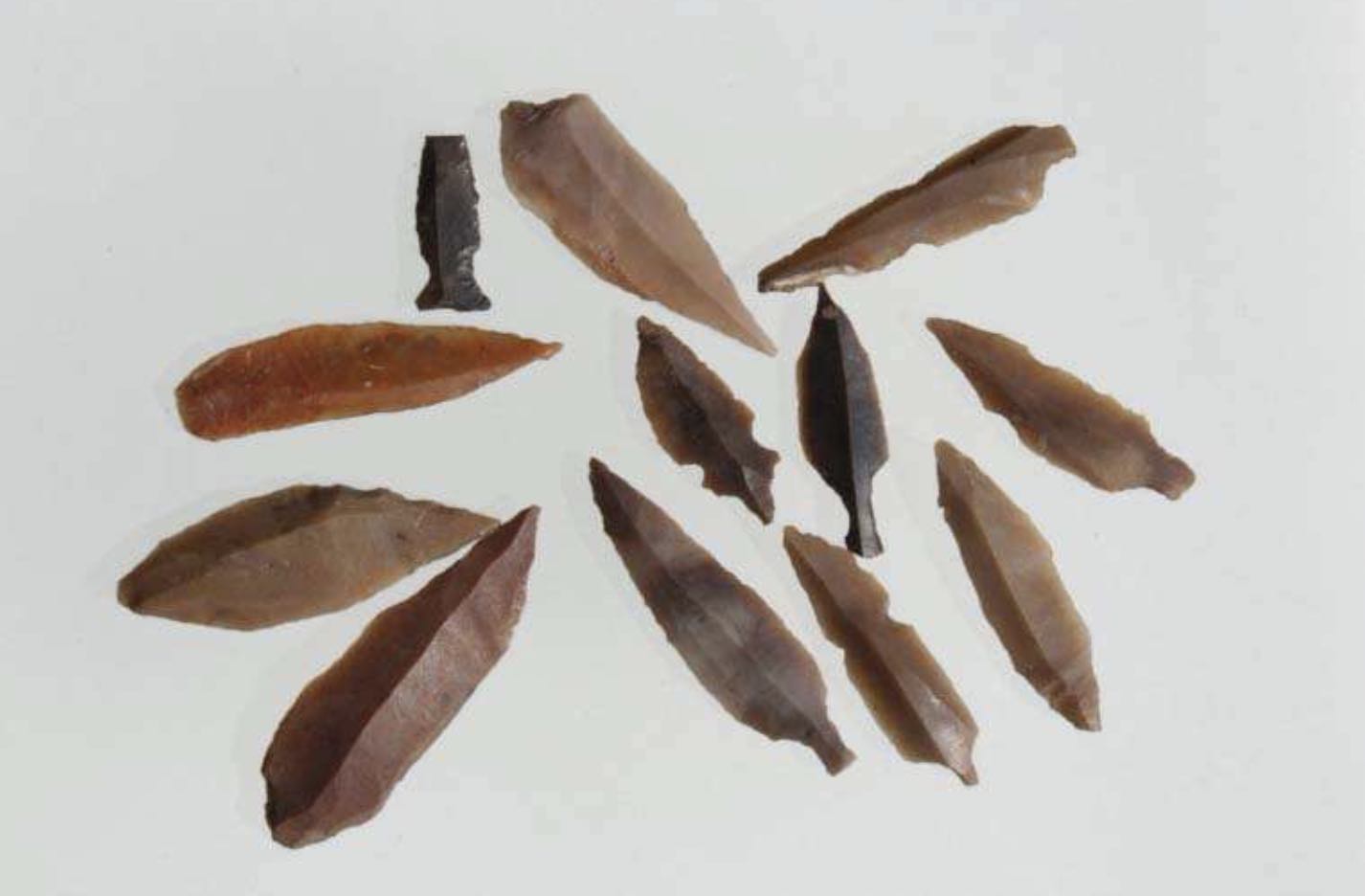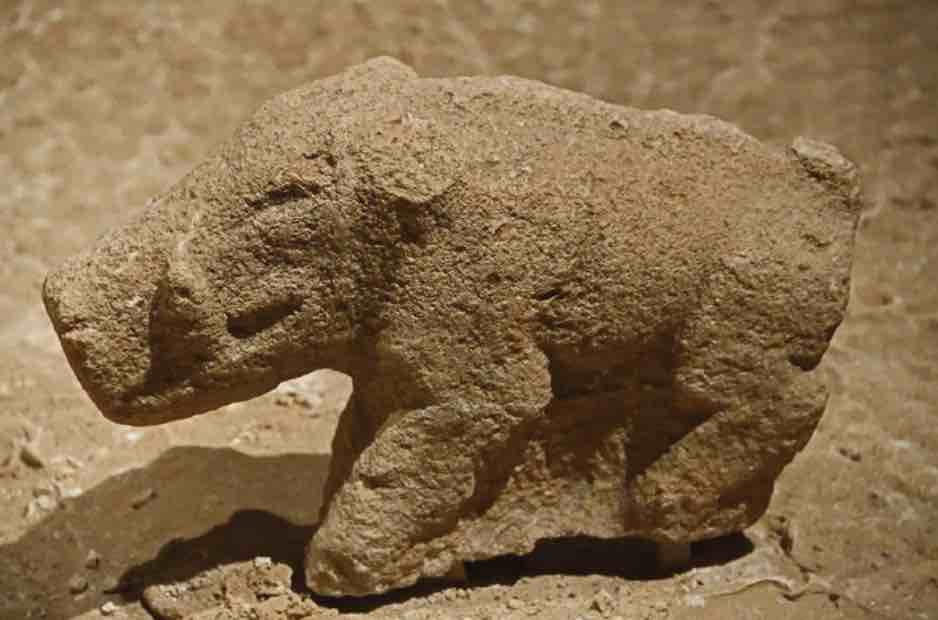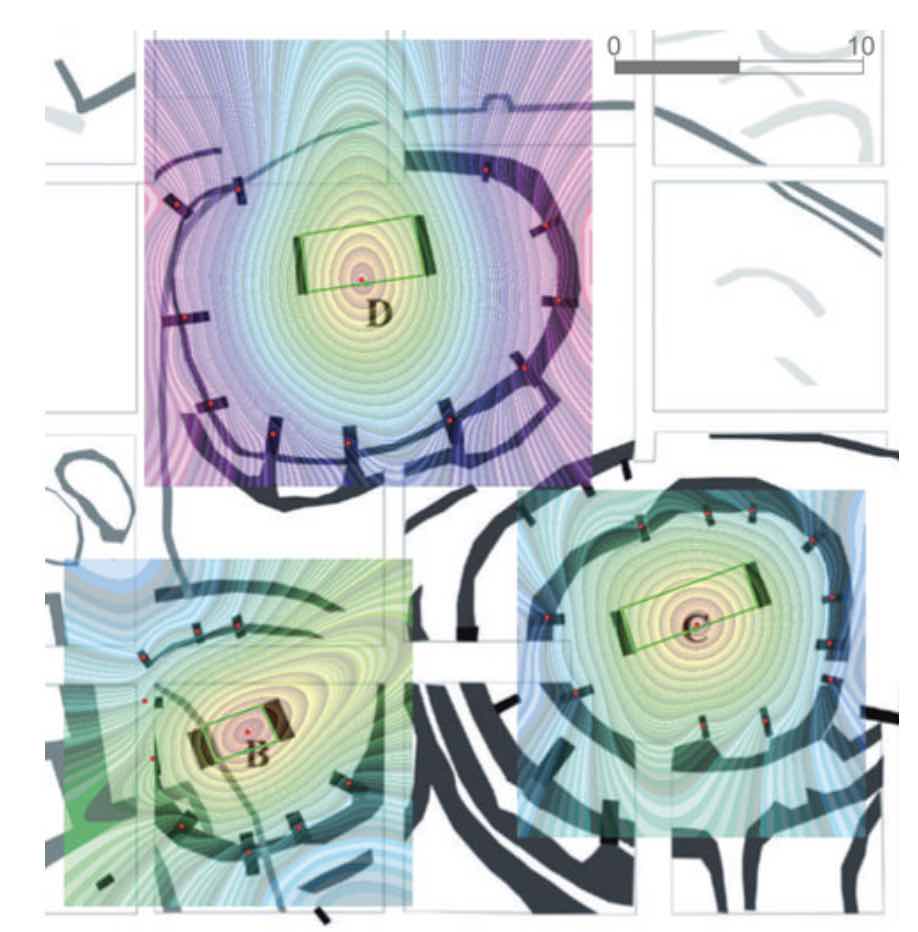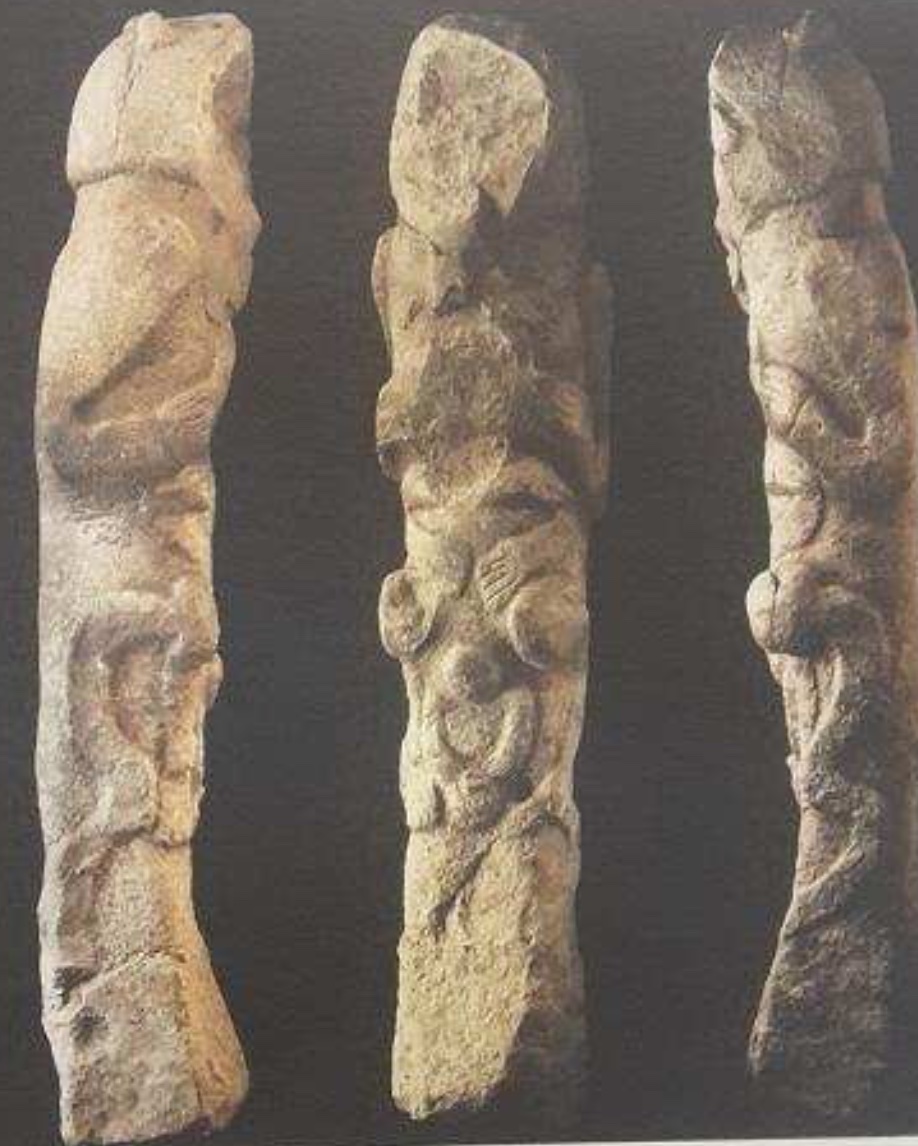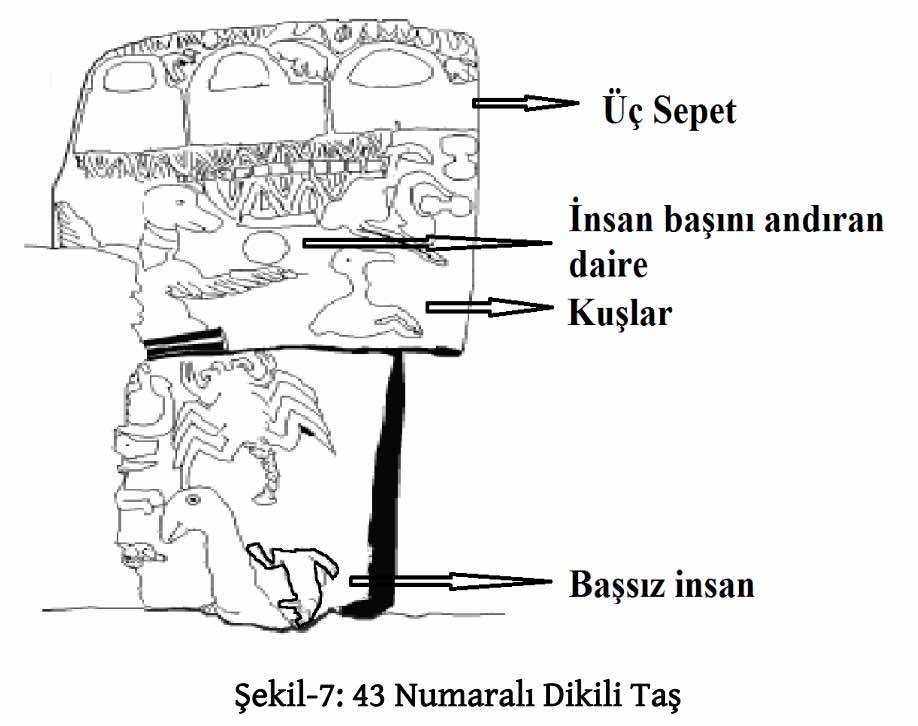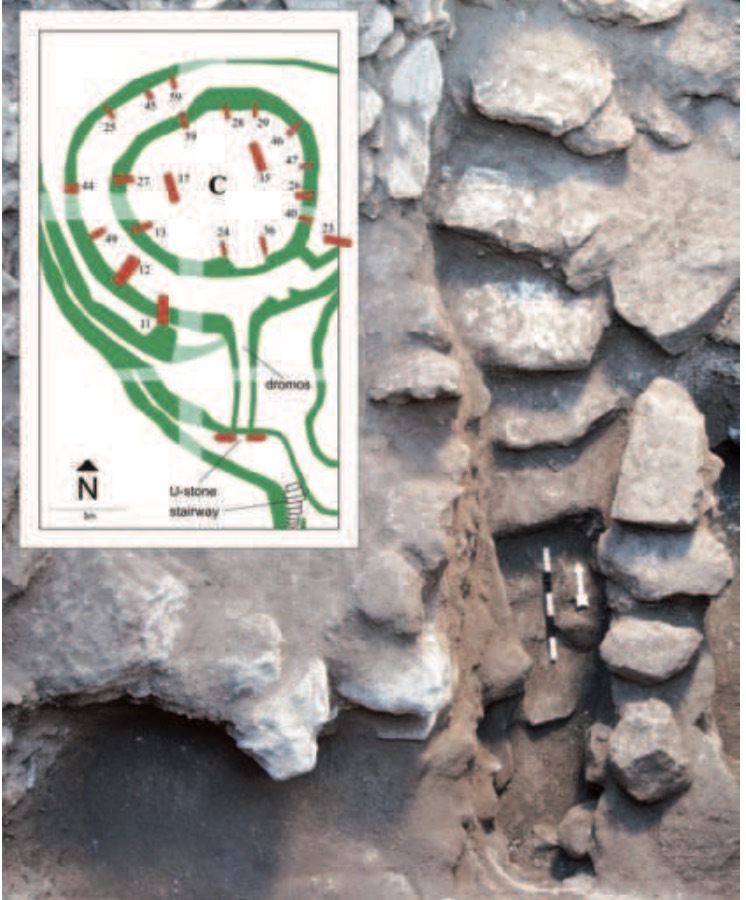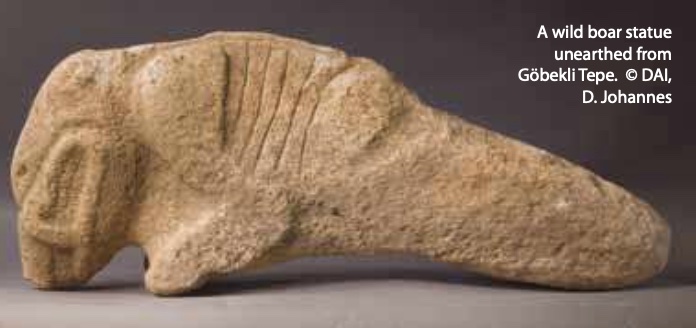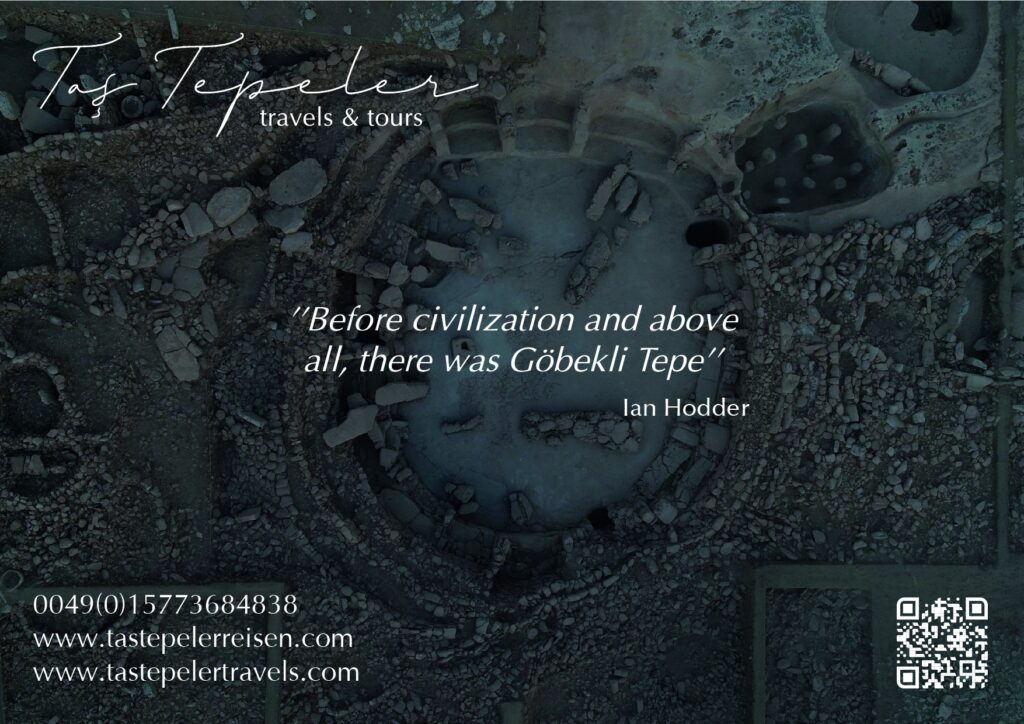Losing your head at Göbekli Tepe
Göbekli Tepe is a special site in many respects: its location is hostile to settlement, no water sources are in vicinity; domestic building types missing; only selection of material culture is present (very few bone tools, clay figurines absent); and there is a considerable investment of resources and work. This investment was not only made in building Göbekli Tepe. At the end of their uselifes, all buildings of layer III (PPN A, 10th millennium) were intentionally and very rapidly backfilled. The filling consists of limestone rubble from the neolithic quarry areas on the adjacent plateaus, mixed with large quantities of animal bones, flint debitage, artefacts and tools. Before
Read More


